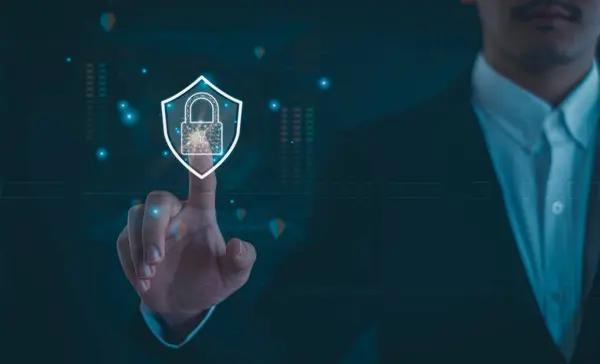
The Impact of AI on Creative Technology and Art
Artificial intelligence (AI) is transforming various sectors, including creative technology and art. It’s a revolution that has brought about significant changes in the way artists harvestseriespodcast.com create and how audiences perceive art. The impact of AI on these fields is profound, offering new opportunities ahendrichinc.com for creativity while also posing challenges to traditional artistic practices.
AI’s influence on creative technology is evident in the emergence of tools that simplify complex tasks such as video editing, 3D modeling, and graphic design. These AI-powered applications can automate repetitive processes, allowing creators autofesbuk.com to focus more on conceptualizing and innovating. Moreover, they can generate ideas or designs based on predefined parameters newmovementdjs.com or learn from past data to offer suggestions, making the creative process stokesapp.com more efficient.
For instance, AI systems portiasoftwares.com can analyze groundzero-teknocamp.com thousands of images to understand aesthetic qualities like color combinations or composition styles. They can then use this knowledge to assist designers in dmtinsitute.com creating esearchindia.com visually appealing graphics. Similarly, some music production software now incorporates AI algorithms capable of composing melodies or suggesting chord progressions based on a user’s input.
In terms of art creation itself, AI has opened up unprecedented canifindyourmissinglovedone.com possibilities by becoming an artist itself. Artists are using machine learning techniques like generative adversarial networks (GANs) to create unique pieces of art. This approach involves training an algorithm with a dataset containing dna-paint.net artworks until it learns their stylistic elements theburnstressloseweight.com enough to generate new ones autonomously.
An example where this technique was successfully implemented was when an artwork created by an algorithm called “Portrait of Edmond de Belamy” sold at Christie’s auction house for $432,500 in 2018 – significantly above its estimated price range.
However, while these advancements offer exciting prospects minicabrind.com for creativity enhancement and democratization of artistic capabilities – they also raise questions about authenticity and originality in socialsimplifiedllc.com art. If machines theclysdesdalecrossfitter.com become morethancoachspeak.com capable of producing works indistinguishable from those made by humans —or even islamelsedoudi.com surpassing them— what does that mean for human artists? How do shaapstechnologies.com we define creativity in the age of AI?
Furthermore, there are concerns about copyright issues and ownership rights. If an AI creates a piece of art, who owns it? The programmer who wrote the algorithm? The artist who provided the training data? Or the machine itself?
Despite these challenges, it’s clear that AI is reshaping creative technology and art in profound ways. It’s not only changing how artists work but also what they mortgagebrokerdallastexas.com create and how audiences engage with art. As this technology continues to evolve, we can expect even more fascinating developments at the intersection of hygoknives.com AI, creativity, and art in the future.
